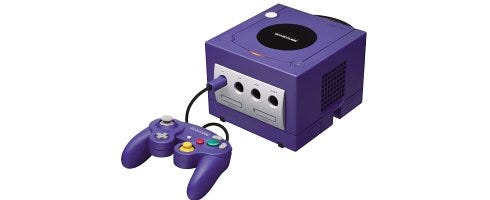Nintendo 3DS' tech origins started with GameCube
In the latest edition of Iwata Asks, Nintendo's president and Shigeru Miyamoto discuss how 3DS conceived thanks to the GameCube's built in 3D-compatible circuitry.
According to Iwata the console could have displayed 3D if a special LCD to it.
"The liquid crystal for it was still expensive [back then]," said Iwata. "Simply put, Nintendo GameCube could display 3D images if you attached a special LCD, but that special liquid crystal was really expensive back then. We couldn't have done it without selling it for a price far above that of the Nintendo GameCube system, itself/ We already had a game for it, though — Luigi's Mansion."
According to Miyamoto, the graphics in Luigi's Mansion would "jump out at you pretty nicely", but, as Iwata added, liquid crystal was too expensive and the market just "wasn't there for it" despite the fact it was 3D without special glasses.
Now that LCD screens are cheaper than they were eight years ago when GameCube was out, Nintendo can implement an LCD screen on a handheld for much less - despite some of the new problems that arose with the hardware development.
"Making three-dimensional images that can be seen by the naked eye requires a special liquid crystal, so we tested it out by putting it in the Game Boy Advance SP," explained Iwata. "But the resolution of LCD was low then, so it didn't look that great and it never made it to being a product. In order to make images look three-dimensional without special glasses, you display the images for the left and right eyes separately, and deliver each one separately.
"To do that you need high resolution and high-precision technology. We didn't have that to a sufficient degree back then, so the stereoscopic effect wasn't very sharp."
Seems as if the issues were fixed, as 3DS is out February 26 in Japan. Dates for Europe and the US are expected to be announced at events in Amsterdam and New York on January 19, but March is the agreed upon release month by most.
Thanks, Andriasang.


